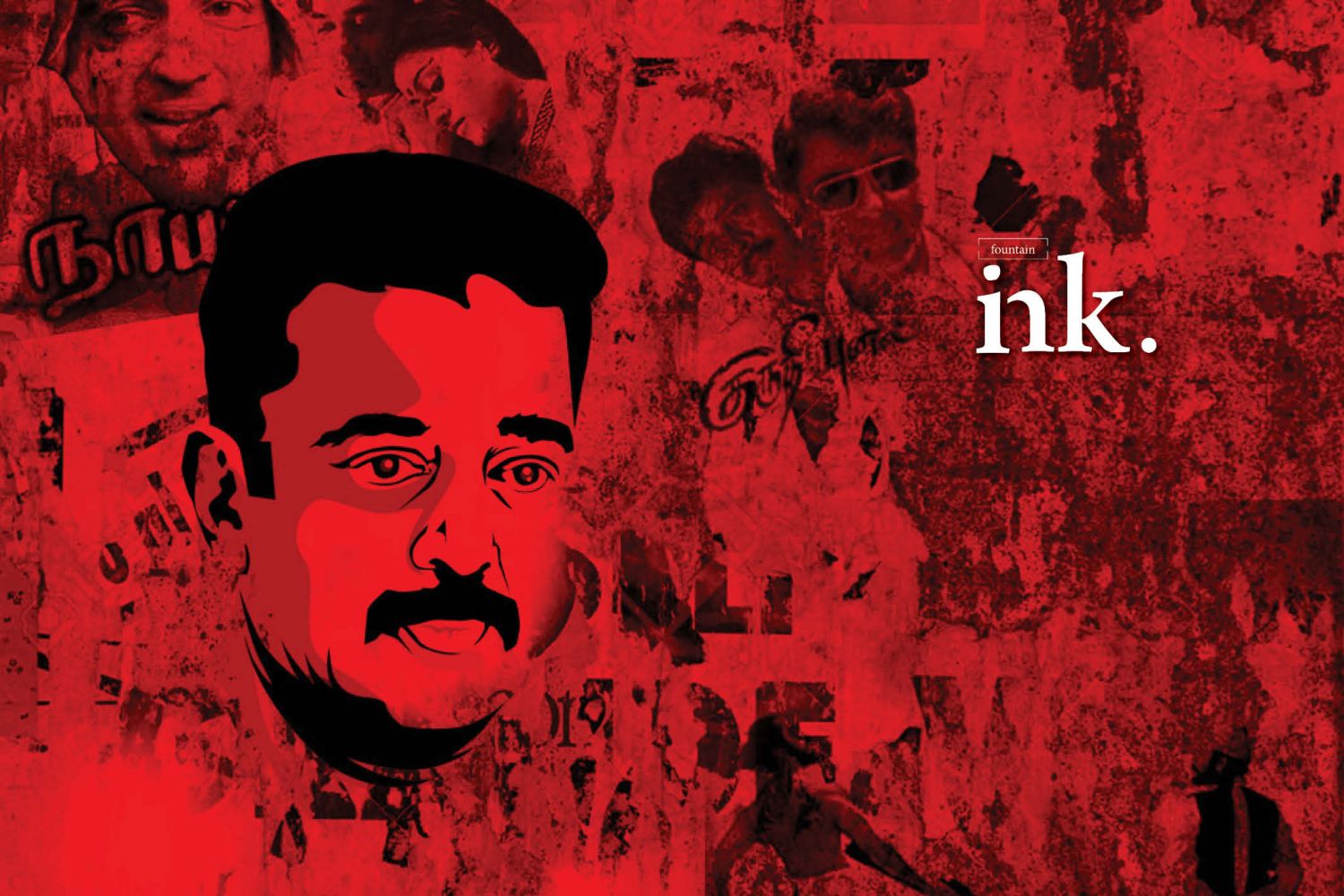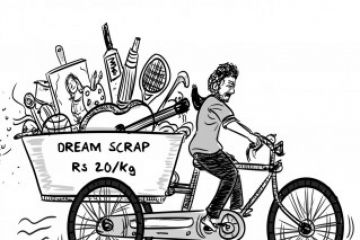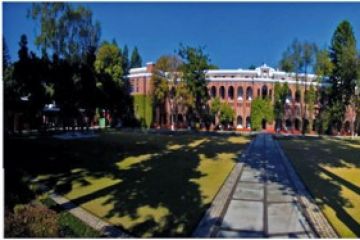
It was 1985. The
wheels of the generator van turned into a small lane called Arisikaran Street
(rice vendor street), in the heart of Mylapore Agraharam, where we lived then.
The Agraharam (a Brahmin settlement) exists even today, but multi-storeyed
apartments have taken the place of what were called “mottai maadi veedu”,
open-terraced individual homes. That day in 1985, these terraces saw a
jump-on-jump-off “parkour” chase sequence for the first “Bond film” in Indian
cinema,&nb





